Vue 中如何使用 Vuex 进行状态管理
在 Vue 项目中,随着应用规模的增大,组件之间的数据传递和状态管理会变得复杂。Vuex 作为 Vue 的官方状态管理模式,提供了一种集中式存储管理应用的所有组件的状态,并以相应的规则保证状态以一种可预测的方式发生变化。下面详细介绍在 Vue 中如何使用 Vuex 进行状态管理。
安装 Vuex
在项目目录下,使用 npm 或 yarn 安装 Vuex。
npm install vuex --save
# 或
yarn add vuex创建 Vuex 实例
在项目中创建一个 store 目录,在该目录下创建 index.js 文件。在 index.js 中引入 Vue 和 Vuex,并创建 Vuex 实例:
import Vue from 'vue'
import Vuex from 'vuex'
Vue.use(Vuex)
const store = new Vuex.Store({
state: {
// 存放应用的状态数据,例如:
count: 0
},
mutations: {
// 唯一可以直接修改 state 的方法,必须是同步函数
increment(state) {
state.count++
}
},
actions: {
// 用于提交 mutations,而不直接变更状态,可以包含异步操作
incrementAsync({ commit }) {
setTimeout(() => {
commit('increment')
}, 1000)
}
},
getters: {
// 从 state 中派生出一些状态,类似于计算属性
doubleCount: state => state.count * 2
}
})
export default store在 Vue 项目中使用 Vuex 实例
在 main.js 中引入创建好的 store 实例,并将其挂载到 Vue 实例上:
import Vue from 'vue'
import App from './App.vue'
import store from './store'
new Vue({
store,
render: h => h(App)
}).$mount('#app')组件中使用 Vuex 的状态和方法
读取状态
在组件中,可以通过 this.$store.state 访问状态。例如:
<template>
<div>
<p>Count: {{ count }}</p>
</div>
</template>
<script>
export default {
computed: {
count() {
return this.$store.state.count
}
}
}
</script>也可以使用 Vuex 提供的 mapState 辅助函数来简化代码:
import { mapState } from 'vuex'
export default {
computed: {
...mapState(['count'])
}
}调用 mutations
通过 this.$store.commit('mutationName') 调用 mutations 方法。例如:
<template>
<div>
<button @click="increment">Increment</button>
</div>
</template>
<script>
export default {
methods: {
increment() {
this.$store.commit('increment')
}
}
}
</script>同样,mapMutations 辅助函数可以简化调用:
import { mapMutations } from 'vuex'
export default {
methods: {
...mapMutations(['increment'])
}
}调用 actions
通过 this.$store.dispatch('actionName') 调用 actions 方法。例如:
<template>
<div>
<button @click="incrementAsync">Increment Async</button>
</div>
</template>
<script>
export default {
methods: {
incrementAsync() {
this.$store.dispatch('incrementAsync')
}
}
}
</script>mapActions 辅助函数可用于简化操作:
import { mapActions } from 'vuex'
export default {
methods: {
...mapActions(['incrementAsync'])
}
}读取 getters
通过 this.$store.getters 访问 getters 中的数据。例如:
<template>
<div>
<p>Double Count: {{ doubleCount }}</p>
</div>
</template>
<script>
export default {
computed: {
doubleCount() {
return this.$store.getters.doubleCount
}
}
}
</script>mapGetters 辅助函数也可用于简化代码:
import { mapGetters } from 'vuex'
export default {
computed: {
...mapGetters(['doubleCount'])
}
}通过以上步骤,我们可以在 Vue 项目中有效地使用 Vuex 进行状态管理,使组件之间的数据传递和状态变化更加清晰和可维护。
本文链接:https://blog.runxinyun.com/post/574.html 转载需授权!

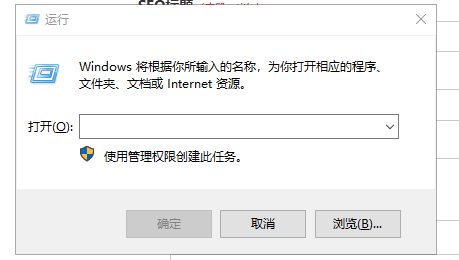
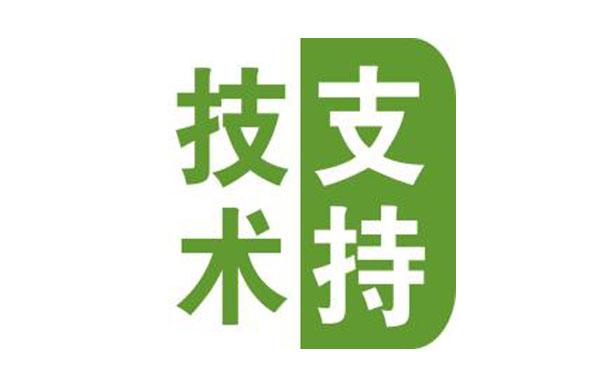
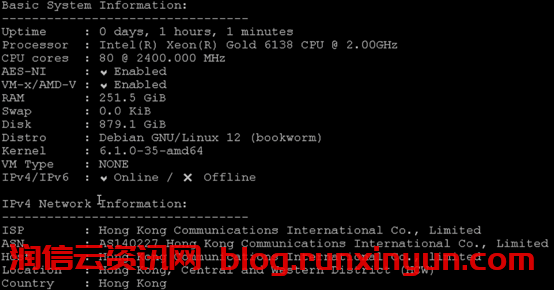




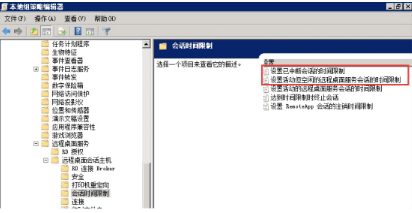










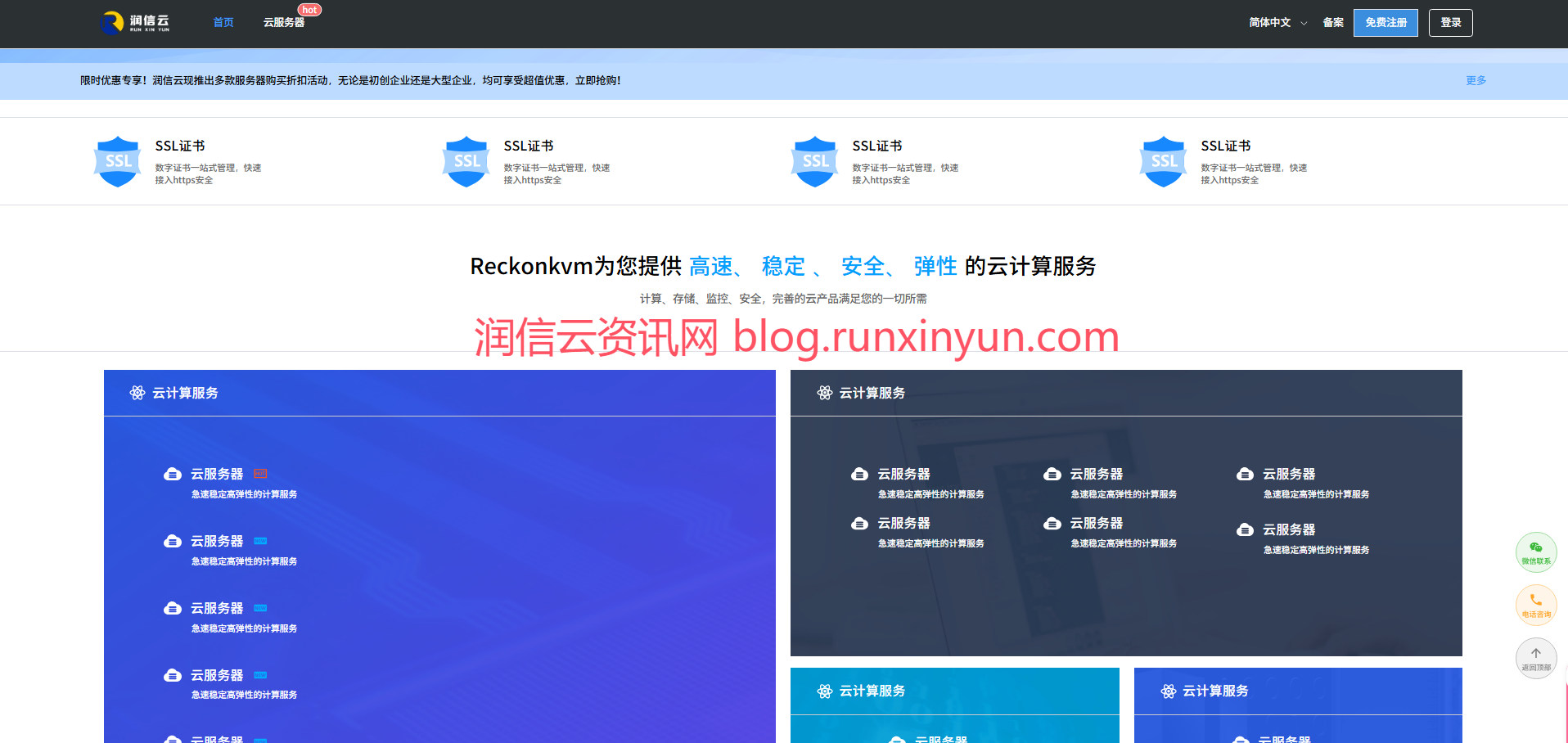

留言0